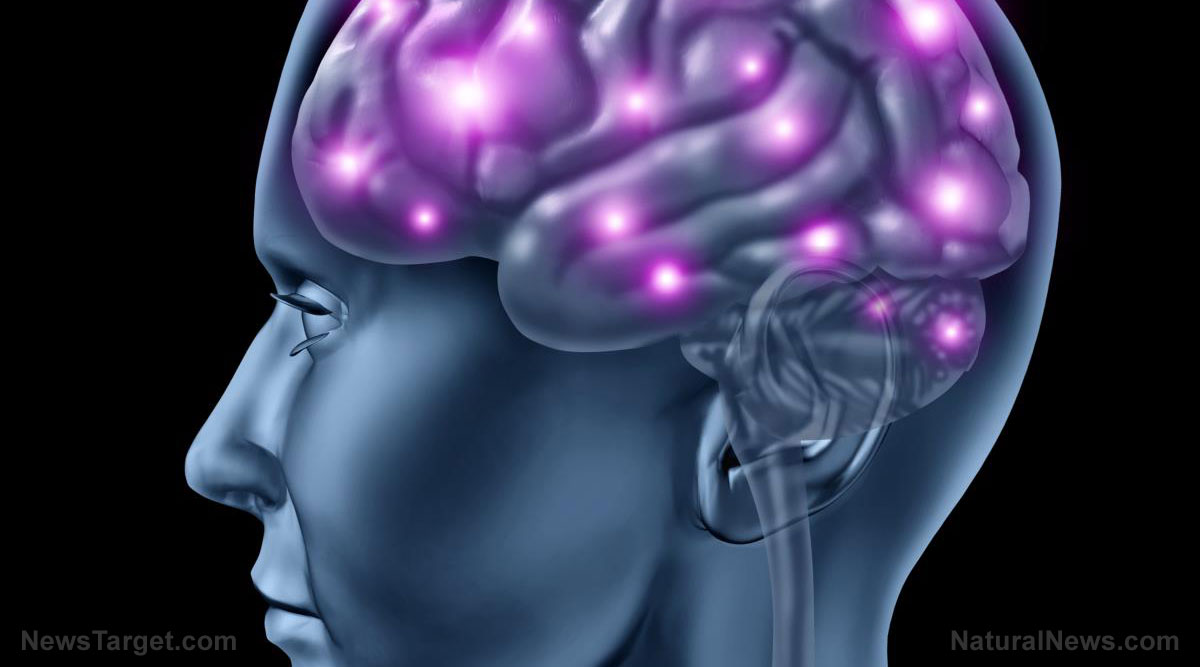Scientists explore why fear is fun for some; the fight-or-flight chemicals are also present in happiness
11/20/2017 / By Janine Acero

What do fear and excitement have in common? Experts reveal, in an article by the Daily Mail, that the “fight-or-flight” response triggered by fear can become a rush of excitement under a different situation.
Fear is a fundamental emotion experienced by all complex organisms against perceived danger or threat to their physical being or existence. However, some of the chemicals responsible for the “fight-or-flight” response also trigger the more positive emotional states in humans such as happiness and excitement. This explains why we feel a certain “rush” when we intentionally give ourselves a scare.
Studies suggest that context is a major factor in how we perceive and experience fear. During Halloween for instance, your brain recognizes that the scary people and things around you are intentional and meant as a make-believe, quickly adjusting this experience into enjoyment. On the other hand, if a stranger suddenly chases you into a dark alley, your brain will perceive it as a form of threat and send off danger signals throughout your body that make you want to flee immediately.
The reaction to fear starts from the area in the brain called the amygdala. This almond-shaped set of neurons is responsible for processing memory, decision-making, and emotional reactions. The amygdala responds to triggers brought about by fear, such as the sight of a predator, and activates areas in your body in preparation for motor functions involved in the fight-or-flight response. The brain decides which parts of your body to slow down and which to boost up in order to be more efficient in the face of danger.
Another part of the brain that interprets perceived threat is the hippocampus, which is closely connected with the amygdala. It is involved in a higher-level processing of context (together with the prefrontal cortex), which helps a person identify if a perceived threat is real. For instance, seeing a lion in the wild can trigger a strong fear reaction, whereas seeing a lion in its enclosure in a zoo will trigger curiosity more than anything. The different reactions are brought about by the contextual processing of the hippocampus and prefrontal cortex.
Experience is a major factor in identifying a real threat from a perceived one, but instructions such as spoken words and written notes are also an effective tool in instilling fear. For instance, if a sign says the dog is dangerous, proximity to it will trigger a fear response.
Fear can bring about a positive experience to some people. A sudden, unexpected moment of fright puts our minds on high alert in an instant and makes us focus on the here and now – a perfect distraction from situations that make us anxious such as trouble at work or deadlines in school. It can also be a hilarious moment between friends – humans are able to pick up on the current emotional state of those around them, so when your friend has gone from screaming to laughing inside a haunted house, you feel a sense of relief and laugh along.
Factors such as context, distraction, and social interaction may influence the way we experience fear, but they are all connected by our sense of control. When the brain is able to recognize that a situation is not a real threat, it will relabel the experience as enjoyable, as we feel in control at that moment. Nevertheless, when the brain perceives the experience as “too real,” an extreme fear response can overcome the sense of control over the situation. For instance, a person who enjoyed a movie about alien invasion may feel uncomfortable sitting through a documentary-style movie about demonic possessions because it may seem “too real.”
There are abnormal levels of fear in the form of disorders like phobias such as social phobia, generalized anxiety disorder, separation anxiety, PTSD, and obsessive compulsive disorder. These can be debilitating and, without proper supervision and appropriate treatment, can halt a person’s normal life. (Related: Different Types of Anxiety Disorders.)
Sources include:
Tagged Under: balance, brain region function, context, Fear, fear and happiness, fight-or-flight response, human brain, mental health, Mind, perception, phobia




















